How Unseen Amsterdam Evolved From a Traditional Photo Fair Into a Multidimensional Brand
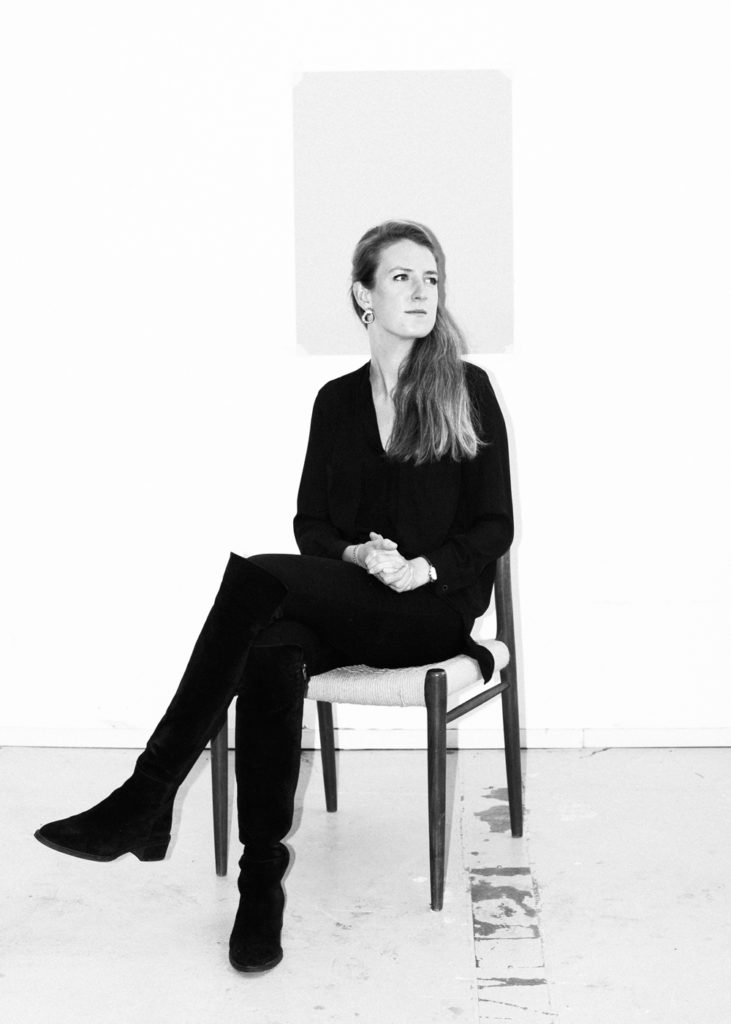

Taylor Dafoe

A lot of fairs claim to be pushing at the limits of what an art fair can be. Of course, few actually do.
Unseen Amsterdam, an annual event showcasing the newest in contemporary photography, is one of those few. Now in its seventh year, Unseen has reinvented itself several times in its short history—all in the name of keeping up with the fast-paced medium it’s dedicated to. What began as a relatively traditional photo-fair has evolved into a robust, multifaceted festival, complete with a series of exhibitions, a prestigious award for young talent, and a book market, among other facets. It’s also launched a digital and print publishing platform that, as of this fall, runs all year round.
Emilia van Lynden, Unseen’s artistic director, has been with the organization for all but one year of its existence. She’ll be the first one to tell you that not everything the platform has tried has been a runaway success. But that’s okay. If you want to make an omelet—and truly explore the potential of a large scale art event—you have to break a few eggs.
Ahead of this year’s edition, van Lynden spoke with artnet News about Unseen’s restless evolution and the most pressing issues photographers are dealing with today.
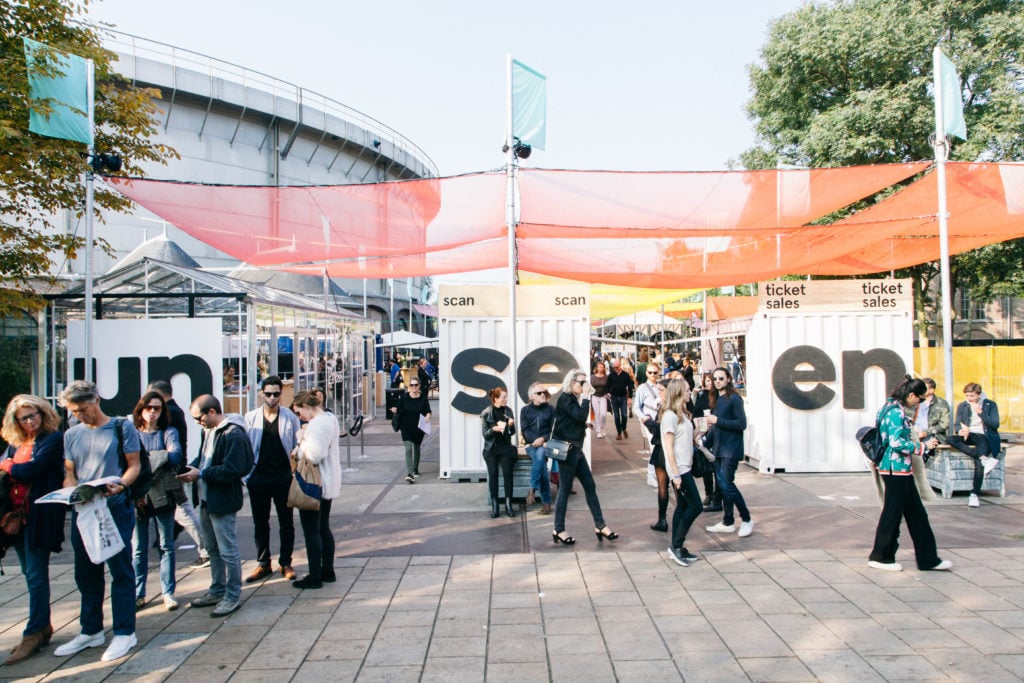
Unseen Amsterdam, 2017 © Almicheal Fraay, Unseen.
You’ve been with Unseen in various capacities since 2013. A lot has changed in those six years.
The biggest shift that we’ve made is no longer considering ourselves just a fair. Unseen Amsterdam has evolved into a multifaceted photographic event, one that includes the fair amongst other components. Within the fair itself, we’ve really sharpened our concept. In the beginning, Unseen had elements of a more traditional photo fair, showing older works amongst newer ones. In that last four years, though, we’ve concentrated exclusively on new work. That mission, I think, has made it far more clear to our audiences what they can expect. That was very important because it really is a place to make discoveries and to discuss and debate what’s happening right now within the contemporary photography. We’ve also initiated more collaborations with different institutions, and each time we ask them, “What do your audiences think? What would they want to know about in terms of the most recent developments within the medium?”
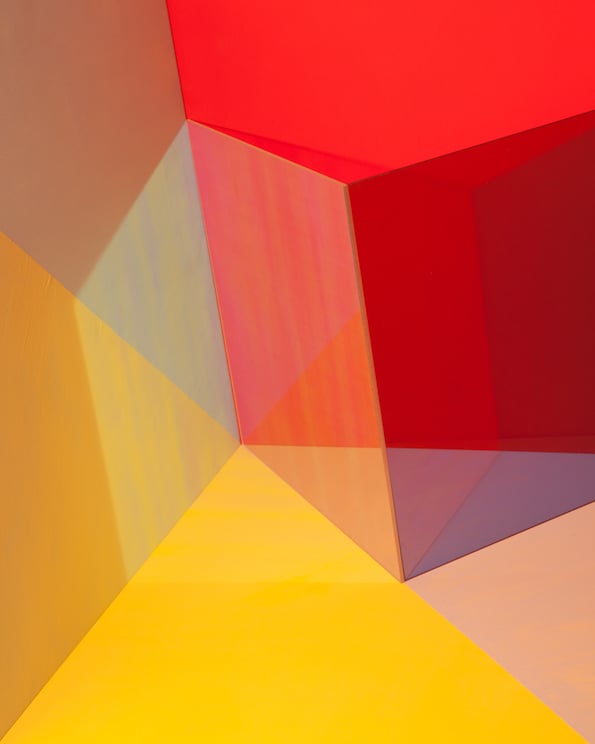
Erin O’Keefe, Nr. 79 (2017). 2017 © Erin O’Keefe.
How did that evolution—from being a relatively traditional art fair to an all-encompassing, international photography event—come about? What prompted the shift in philosophy?
I think since the inception of Unseen—when we thought of ourselves as a “fair with a festival flair”—we wanted to put on an event that was as welcoming as possible. We sought to make the buying of art more accessible and showcase the newest and most relevant work being made. That’s always been in our DNA. However, the art fair as we know it isn’t the most conducive model for achieving those goals. One of the excitements of a fair, of course, is that you can buy everything. But that can also potentially alienate some people. They feel overwhelmed, or they don’t feel welcomed. And we want to create the opposite atmosphere. We’ve worked hard to build an environment where not only collectors and young buyers feel welcomed, but where anyone who has an interest in photography—in the stories these artists are trying to tell—can come and enjoy themselves. By no longer only referring to ourselves as a fair and deferring to the old model, we’ve been able to open the event up to everyone in the photography community. It’s allowed us to go from strength to strength, and to challenge those conventional formats. We want to challenge those formats, create new ones, and be more inclusive to all artists.
The progression has been interesting. From 2012 to 2014, we were the Unseen Photo Fair. In 2015, we launched Unseen Photo Festival, which was 10 days long—much longer than the fair, which was just four days. We did the festival for two years throughout the city, including different locations all around Amsterdam. But we eventually realized that it was too big, that people were too confused. In the following year, we focused on just one area, one neighborhood. But still, people saw us as a festival and didn’t quite understand the whole picture. So last year we rebranded to become Unseen Amsterdam, which is focused primarily on one area in Amsterdam. But we also added our City program, which collaborates with the city’s leading institutions that also showcase photography.

Jimmy Robert, Escape (2018). © Jimmy Robert. Courtesy of Stigter Van Doesburg.
This idea that Unseen is a living thing that changes from year to year—that adapts to its audience, and is constantly in search of the best way to do itself—is a refreshing one. So many fairs today feel like cut-and paste-copies of one another.
Definitely. I think a lot of people are bored with the usual fair format at this point. People want more. And we want to give them that. Every year we want to continue to try out new formats; we want to be continuously reinventing ourselves just as the photographic medium is continuously reinventing itself. And if some of those attempts don’t work, well at least we can say that we tried it and then we can try something else. It’s about not putting up strict parameters for ourselves. I think that as soon as you get used to a model, then productivity stops.
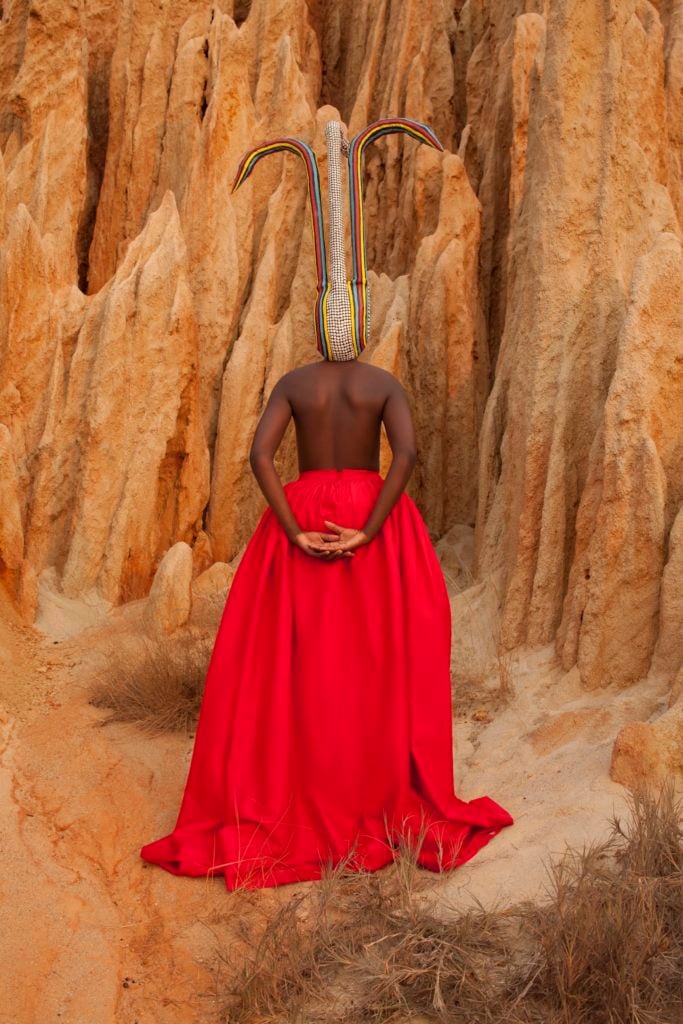
Keyezua, 4 (2017). © Keyezua. Courtesy of Ed Cross Fine Art.
Let’s talk about the new issue of Unseen Magazine—it’s much more than a typical art fair publication.
I’m really thrilled with this issue. I’ve loved every issue that we’ve worked on, but we did a complete rebranding this year. It took a lot of time, but I think it was a very necessary step away from the idea that’s it’s just an extension of Unseen Amsterdam. We wanted it to be a standalone photography publication, one that looks at broader thematic issues that are relevant right now in the medium of photography, dives into the individual works of certain artists. I think this current issue accomplish that. It sketches out the whole photographic community and not just the community that comes together for Unseen Amsterdam. We’re also hoping to put out two issues per year now. It’s part of Unseen Media, a new company that we’ve set up, so it doesn’t fall under Unseen Amsterdam.
We’ll also be launching a digital platform that’s even more focused on telling those artist’s stories. The soft launch is taking place this month; we’ll have a more defined launch in November in Paris. The reason for doing this is that we work with so many different artists that all come together at Unseen Amsterdam, but their stories continue after those four days, and they need to have more visibility throughout the year.
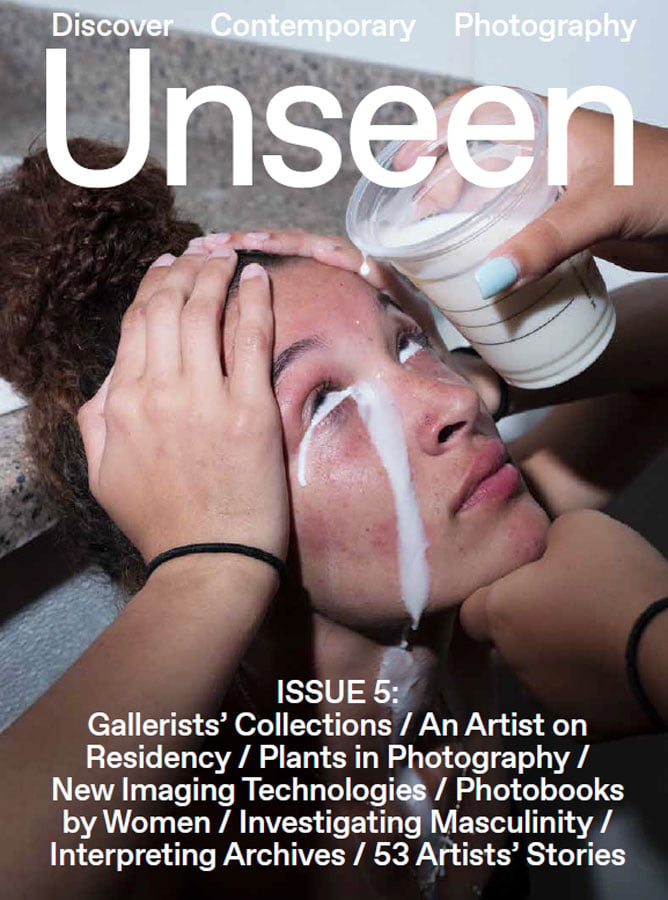
The 5th issue of Unseen Magazine, featuring an image by Eva O’Leary. Courtesy of Unseen.
What opportunities does having a magazine—or a full-fledged media arm—allow you? How does this editorial content add to the Unseen experience?
I think the most important reason we set up Unseen Media, and why we launched the magazine five years ago, is because the world of contemporary photography is changing so quickly. The technologies within photography are shifting and changing on a continuous basis. We have to keep up with what’s happening. And there are so many stories that need to be told. We want to be able to tell those stories and show the practitioner behind the work.

Kata Geibl, Untitled I (2017). © Kata Geibl. Courtesy of Supermarket Gallery.
What, in your mind, are the most prominent issues being confronted in photography today? Are there any prominent themes that you’ve noticed throughout this year’s event?
The environment, our relationship to it—that’s a big topic. It’s not necessarily activistic work about climate change, but more our position in nature. Identity, too—telling the stories of groups of people who exist on the periphery of society—that’s prominent. And the idea of the archive is everywhere. Artists are delving back into their own archives, or historic archives, reinventing old images or asking us to question our understanding of it. Finally, there’s a great deal of what I call conceptual or creative documentary. At the beginning of Unseen, we never showed photojournalism or documentary photography; we really only showed “fine art photography.” A lot of it was quite abstract, a lot of quite conceptual. But we’ve started introducing more documentary work. I think it’s because that’s how photography is shifting. It’s a great way for audiences to come into contact with pressing social issues.
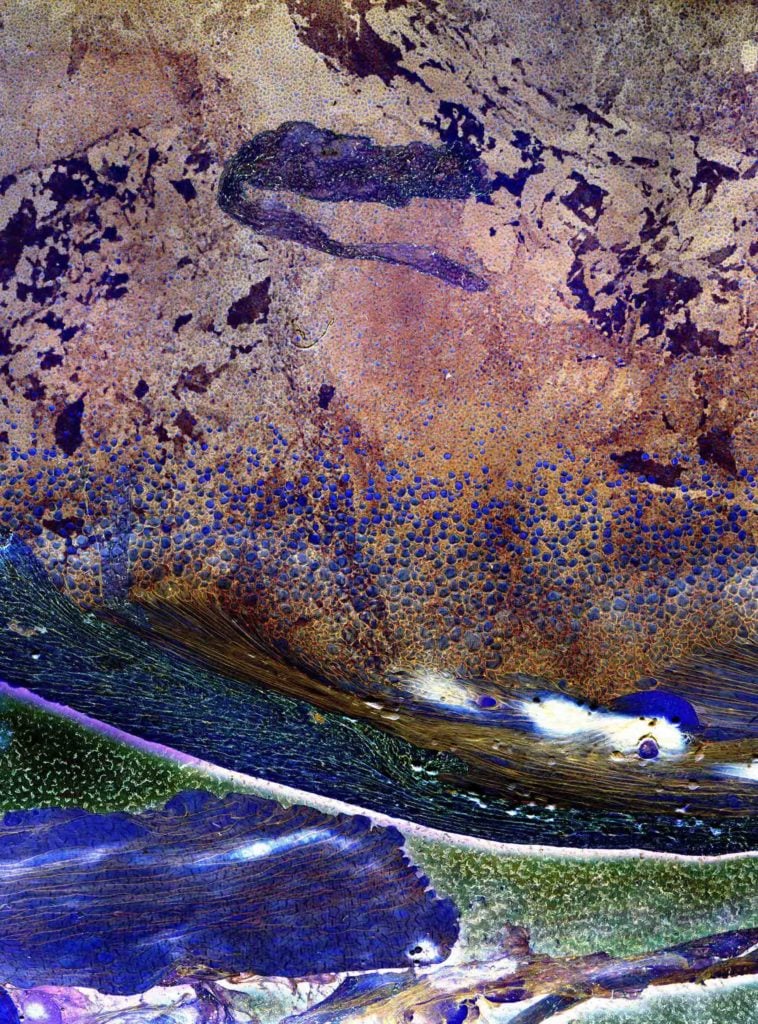
Daisuke Yokota, Untitled (2016). © Daisuke Yokota. Courtesy of GP Gallery.
With the emergence of Unseen, Foam, and other platforms, Amsterdam has become a hot spot for contemporary photography. What is it about this city that you think has it embracing photography so much?
When people used to look at the Netherlands, they saw Old Masters. Now people look at the Netherlands and they see other things. They see influential institutions like the Stedelijk Museum and the De Appel—places that push our understanding of contemporary art. They see two very good photography museums in Foam and Huis Marseille, and a number of great contemporary art galleries that all have at least two artists that work with the medium of photography on their program. They see the art academies here, which are all very strong and have good photography departments. On top of that, the grant system within the Netherlands is also quite good. Individual artists can apply for artists’ grants that allow them to make work in a city like Amsterdam.
I think Amsterdam, in general, is a very forward-thinking, innovative city. The art scene is always looking towards the future and contemplating new ways to showcase art. In that sense, it’s very different than, say, Paris or London. So contemporary photography has been welcomed here. It was such a great place for Unseen to have been founded in 2012. The community here has been super welcoming and very supportive of what we’re trying to do and how we’re trying to do it.
Unseen Amsterdam is on view September 21–23, 2018.